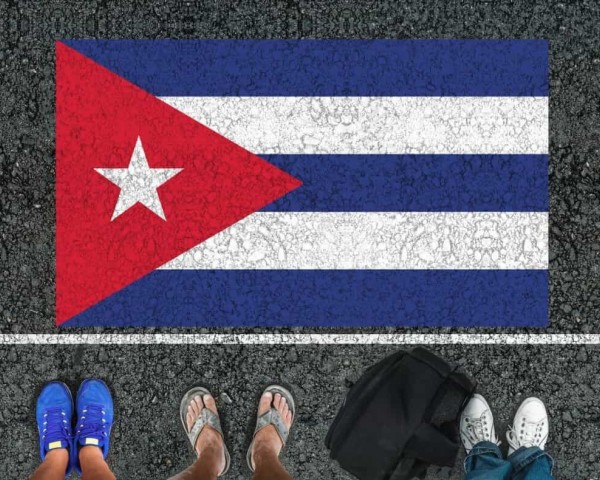Tariffs on Canadian items coming from the U.S. have stirred up a good bit of financial unease. The Canadian greenback has slipped towards its U.S. counterpart, which, generally, can gradual progress—however oddly sufficient, it’d elevate Canadian tourism. A softer greenback means worldwide guests discover Canada extra wallet-friendly, whereas it additionally holds again Canadians from touring overseas a lot.
what boosts Canadian tourism, right here’s a tough breakdown: transport will get about 21% of the contribution, lodging sits at 27%, meals and drinks herald 16%, and different actions cowl round 36%. All these bits collectively type roughly 1.55% of the nation’s GDP. Curiously, within the first three quarters of 2024, practically 669,000 Canadians labored in tourism – about 3.3% of the nation’s workforce.
In terms of demand, tourism rides on each native and worldwide pursuits. Given Canada’s shut ties with its southern neighbor, it isn’t too shocking that the majority guests come from the U.S. In 2023, nearly 78% of tourists coming over have been American, though their spending made up solely about 50.7% of the entire. Probably, it’s because many People stick round just for fast day journeys. Ontario led the way in which as the highest spot, drawing roughly 47% of worldwide guests between January and November 2024, with British Columbia and Quebec following behind. Curiously, whereas overseas guests are very important, round 76% of tourism enterprise demand comes from Canadians.
Now, interested by what lies forward in 2025, the image is blended but cautiously hopeful. Canadian tourism loved secure progress for a superb decade earlier than the pandemic hit exhausting, and regardless that journey is again on observe, issues haven’t fairly bounced again to pre-pandemic ranges—there’s potential for a revival subsequent 12 months, although. The alternate fee performs a key function right here too. A weaker Canadian greenback lures extra U.S. vacationers since journey to Canada turns into much more inexpensive, whereas it bumps up prices for these Canadians planning journeys abroad. This case tends to nudge locals into exploring their very own yard a bit extra.
For over 40 years, there’s been a noticeable development: when the U.S. greenback rises in worth, overseas vacationers typically spend extra—and fairly frankly, fewer Canadians head overseas when the U.S. buck is robust. That stated, the precise impact on Canada’s tourism income nonetheless isn’t crystal clear. Domestically, tourism appears to lean extra on general enterprise cycles than on simply the forex’s ups and downs. So, regardless that a softer Canadian greenback would possibly make worldwide journeys much less interesting, how a lot Canadians spend on homegrown tourism actually is determined by how the broader economic system is doing.
In a nutshell, there’s a type of cautious optimism for Canadian tourism in 2025. A devalued greenback may very properly act because the spark to carry extra overseas guests and get them to spend extra time (and cash) right here. Nonetheless, the ultimate consequence will largely hinge on the general efficiency of the Canadian economic system. Home journeys by Canadians type the spine of this discipline, so if native journey slows down, the sector would possibly actually really feel the pinch. In these unsure financial instances, many people appear prone to tighten their wallets relating to home spending. Nonetheless, waiting for 2025, it seems that a surge in worldwide guests may very properly give the business a much-needed enhance.




